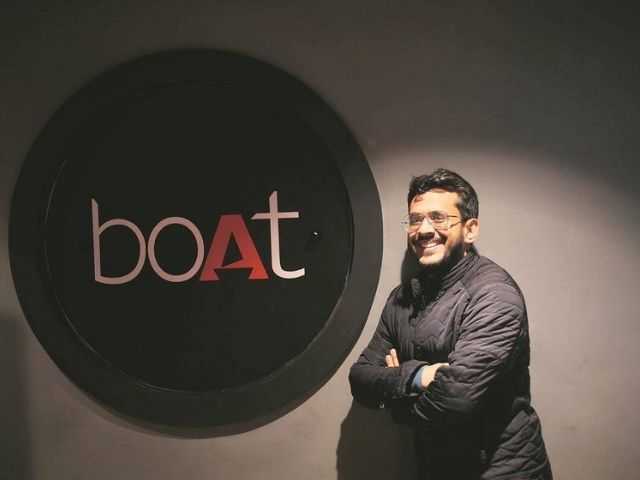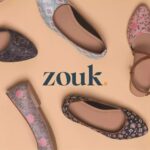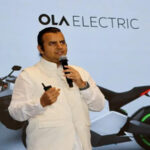BoAT, founded by Aman Gupta and Sameer Mehta in 2016, has become one of India’s leading consumer electronics brands, primarily focusing on audio products such as headphones, earphones, and speakers. The company has revolutionized the Indian audio market by offering high-quality products at affordable prices, coupled with trendy designs and effective marketing strategies. BoAT’s journey from a budding startup to a market leader provides valuable insights into effective business strategies, consumer behavior, and market dynamics.

Founders and Their Vision
Aman Gupta an MBA graduate from the Indian School of Business (ISB) and Kellogg School of Management, was significantly experienced in the electronics and audio industry due to his work in companies like Harman International, And Sameer Mehta who had expertise in product design and consumer electronics came together for boAT. The duo identified a gap in the Indian market for affordable yet stylish audio products, which led to the inception of BoAT in 2014, or as we could say boat set ‘sail’.
Business Model
Product Strategy
BoAT’s product strategy revolved around three main pillars:
1. *Affordability*: Offering high-quality products at competitive prices.
2. *Design*: Focusing on trendy and stylish designs to appeal to younger demographics.
3. *Durability*: Ensuring products are rugged and can withstand everyday use.
Manufacturing and Sourcing
BoAT adopted an asset-light business model by outsourcing manufacturing to China, where production costs were lower. This approach allowed them to maintain high-profit margins while ensuring quality control through stringent oversight and partnerships with reliable manufacturers.
Marketing and Distribution
BoAT leveraged digital marketing and social media platforms to build a strong brand presence. They used influencer marketing and collaborations with celebrities to reach a broader audience. Their products were sold online through major e-commerce platforms like Amazon and Flipkart, ensuring widespread availability.
CHALLENGES
1. Competition
The consumer electronics market is highly competitive, with established players like JBL, Sony, and Bose. BoAT had to innovate and maintain competitive pricing to stay ahead continuously.
2. Supply Chain Disruptions
Reliance on Chinese manufacturers posed risks, especially during geopolitical tensions and the COVID-19 pandemic, which disrupted supply chains and impacted production schedules. Despite this, the company surmounted this challenge by administering better and more robust supply chains.
3. Counterfeit Products
The popularity of BoAT products led to the proliferation of counterfeit products, which could damage the brand’s reputation and affect sales. This was overcome because of the originality
KEY LESSONS
Understanding the Target Audience
BoAT’s success underscores the importance of deeply understanding the target audience’s needs and preferences. Their focus on affordable, stylish, and durable products resonated well with young Indian consumers.
Effective Marketing
Utilizing digital marketing, social media, and influencer collaborations can significantly enhance brand visibility and consumer engagement. BoAT’s strategic marketing campaigns played a crucial role in building a strong brand.
Asset-Light Model
An asset-light business model, with outsourced manufacturing, can help maintain high-profit margins and operational flexibility. However, it also requires robust quality control and reliable partnerships to mitigate risks.
Diversification
Diversifying product offerings to include a broader range of audio and wearable devices helped BoAT cater to varying consumer needs and reduce dependency on a single product category.
Adaptability
Boat’s ability to adapt to changing market dynamics, such as the shift towards wireless audio devices, was crucial for sustained growth. Continuous innovation and responsiveness to market trends are essential for long-term success.
CONCLUSION
BoAT’s journey from a startup to a market leader in India’s consumer electronics sector is a testament to strategic vision, effective marketing, and understanding of consumer behavior. Despite challenges like intense competition and supply chain disruptions, BoAT’s focus on affordability, design, and durability has driven its success. The company serves as a valuable case study for aspiring entrepreneurs and businesses aiming to navigate and thrive in competitive markets.








